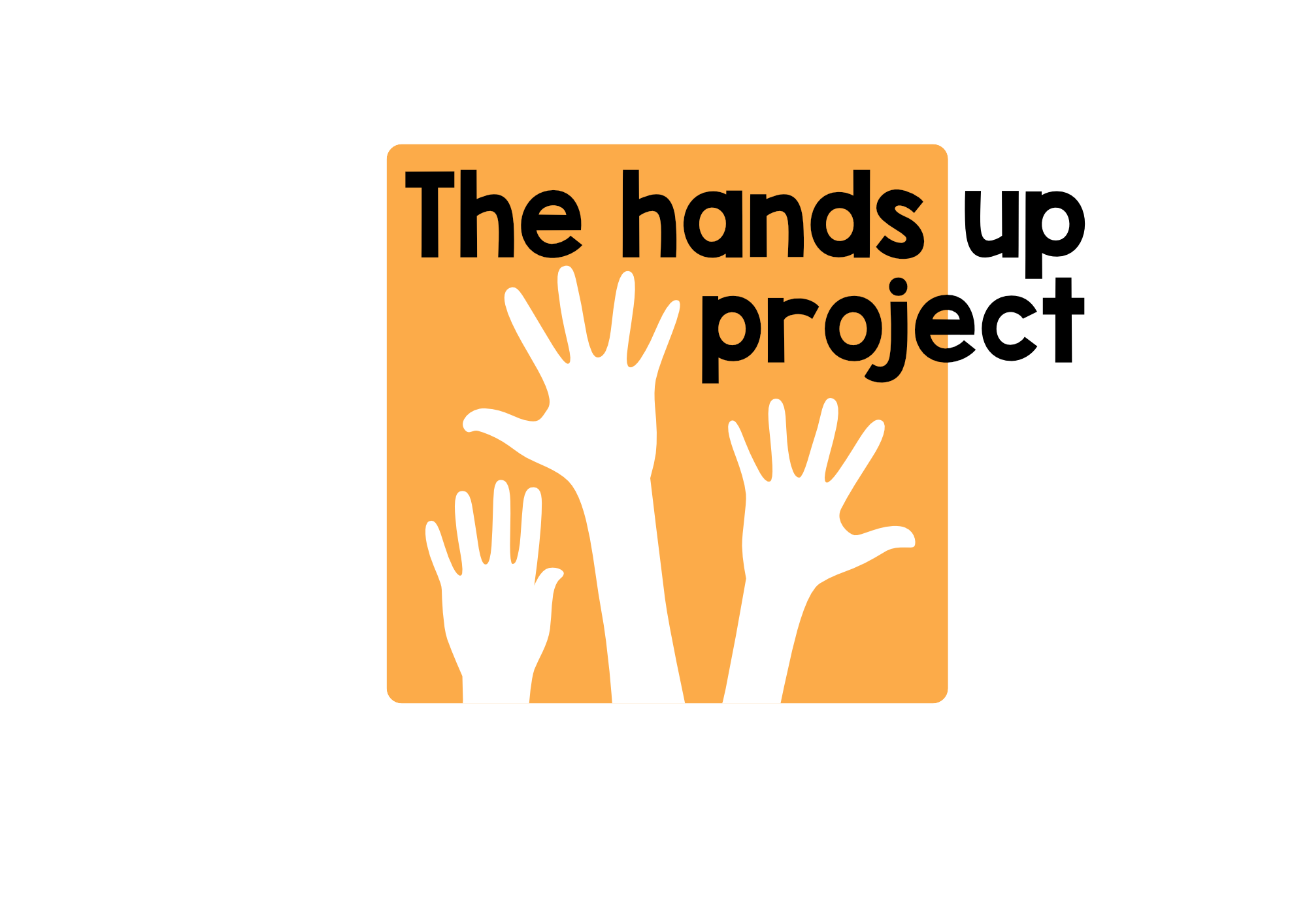Learning by heart and soul
I’m very proud of what the Hands Up Project has achieved in the last 2 years. We now have around 15 different groups of children in Palestine, Jordan and Pakistan (some quite small and some with up to 80 participants!) and we're connecting to them each week to do online sessions.
We've arranged live link ups between children in Gaza and children in schools in Spain, Russia and the UK, and we have a pool of about 20 teachers around the world who have done an online training course, and who are ready to start volunteering. We tell the children stories, we play games, we give them opportunities to practice their English, and, most importantly I feel, we provide them with a framework by which they can communicate with people outside the confines of their immediate surroundings.
This dialogue is helping us all to develop as global citizens and it seems to me that global citizenship is the only possible way out of the mess we’re all in right now.
In this post I want to focus less on what happens during the online sessions however, and more on what happens between the sessions.
I’d like to pay homage to the excellent teachers in all of the places where we work who are following up what we are doing with activities that enhance, develop and inform the content of our online sessions. Shadia, a Syrian teacher of English in Zaatari refugee camp, is a great example of a teacher working in this way.
Last Tuesday I worked with Shadia’s class online for an hour. I told them the story of Juha and the meat, from the Stories Alive book and we did some vocabulary activities related to the story. At the end of the session I showed the class this chant which accompanies the story (a conversation between Juha and his wife) and I practised it with them once.
Poor old Juha! What are you going to do? You bought the meat and brought it home. But nothing’s left for you.
But that is very rude when it’s me who bought the food It’s me who bought the food It’s me who bought the food
We’re so sorry Juha! We don’t know what to do! The cat came in and ate the meat And nothing’s left for you.
Well, if the cat did that then why's it not fat? Why's it not fat? Why's it not fat?
This chant contains a lot of useful chunks of language - things which the learners might need one day in an exam, but also things which they could build into their repertoires of spoken language (we're so sorry, we don't know what to do, what are you going to do? etc).
After the class with me, Shadia spent a bit of time in her classes with the girls, practising the chant, working our their own rhythm and tune to accompany it, and even adding gestures and movement. The result is that the kids ended up learning the chant by heart, and consequently the useful chunks embedded within it. Then on Tuesday at the beginning of the session they performed it to me (see the video below)
This way of working has many of the necessary ingredients for language learning; a clear and memorable context in which to situate the language (the story), opportunities for motivating and meaningful learning by heart (the chant), and somebody to be an audience for what is produced (me). Hats off to you girls and hats off to Shadia for organising it all in such an effective way!
